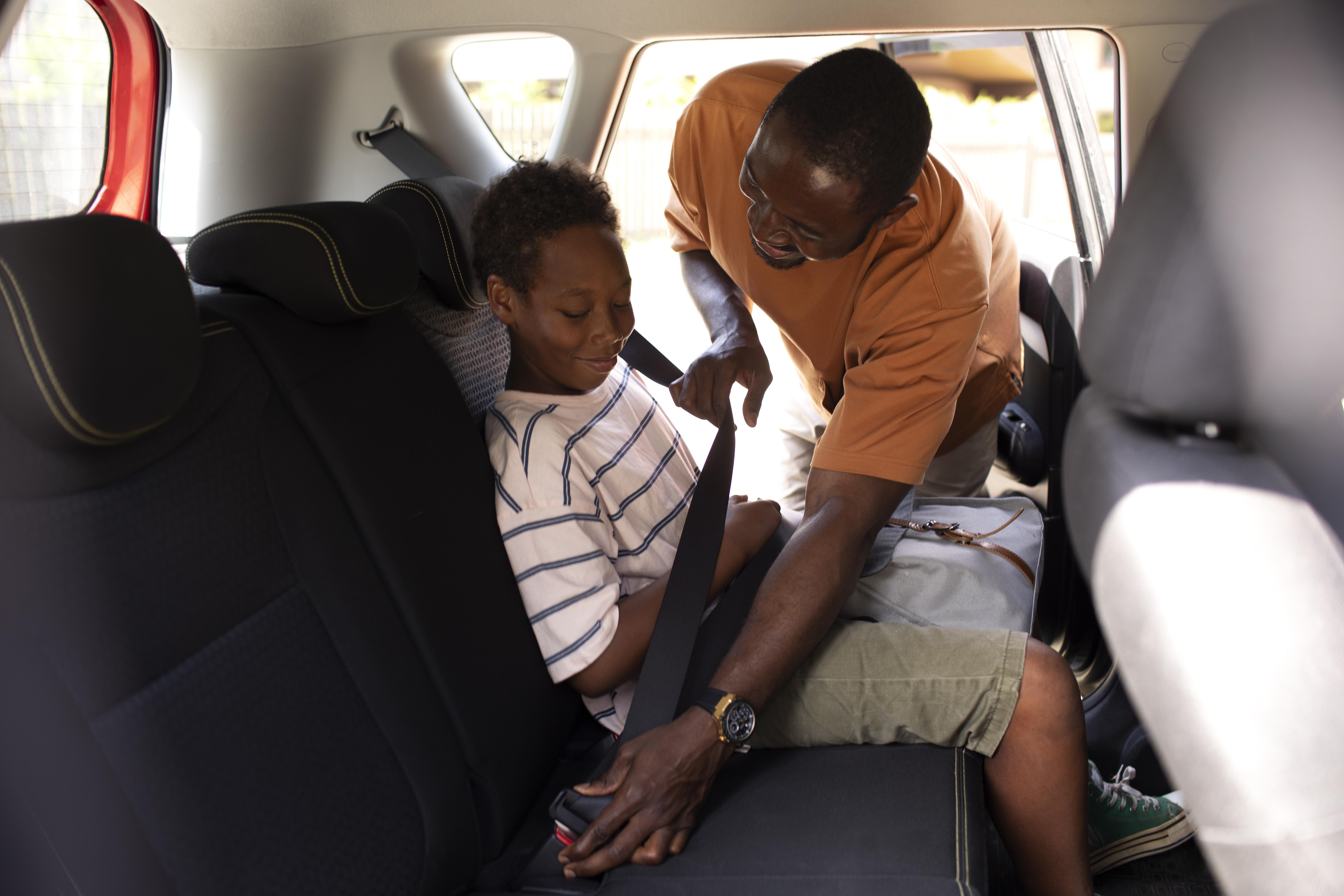Blog
From the desk of Benjamin Williams, CPNP
Helmet Fit:
In a study of helmet fit and risk of head injury, children who wore poorly fitting helmets had nearly two
times the risk of head injury in a crash compared with children who wore properly fitted helmets[1].
A well-fitted helmet should be snug on the head, with the chinstrap fastened securely to prevent it from
slipping off. The helmet should rest just above the eyebrows and not slide around on the head. Use the
foam pads to raise or lower the helmet or pad the side space if necessary. The straps of the helmet
should be adjusted to form a Y just under the ear of the child. The chin strap should be snug enough to
pull down on the helmet when the child opens their mouth widely.
Helmet Condition:
Parents and children should also ensure that the helmet is in good condition, with no cracks or damage
that may reduce its effectiveness. The outer shell keeps the helmet together in the instance of a double
impact injury, for example, when a helmet is struck by a car then the ground. A cracked helmet is more
likely to fail during the initial impact in which case it will not provide protection from the second impact.
Additionally, a crack in the outer shell indicates that the foam padding has been crushed making it less
effective at preventing a concussion or other serious head injury. Cracks and damage to the foam
padding may not always be visible so we discourage buying used helmets or wearing a helmet that has
been struck in an accident. If buying a used bike helmet thoroughly inspect for cracks in both the shell
and the padding. If your child’s helmet has a crack replace it immediately. Links to local resources are
below for low-cost new helmets and fittings. Additionally, there is a link to search your current helmet
to find out if it has been found unsafe and/or has been recalled.
Final Thoughts:
The best way to encourage your child to wear a helmet is by wearing one yourself. Your child’s head
contains their personality, their memories, and so much more. Protect it by using properly fitting
helmets, in good condition, EVERY time.
Links/Local Resources:
US Consumer Product Safety Commission: To check if your child’s bike helmet has been recalled go to
https://www.saferproducts.gov. Use the “search for unsafe products” function in the middle of the page
and refine your search by selecting the “recalls/repairs” button on the left.
Spring Lake Park – Blaine – Moundsview Fire department: Offers free helmet fitting at local events. Their
website and calendar of events can be found below.
https://www.sbmfire.org/bikehelmetfitting
https://www.sbmfire.org/event-details/bike-helmet-fittings
References:
- Rivara FP, Astley SJ, Clarren SK, et al. Fit of bicycle safety helmets and risk of head
injuries in children. Inj Prev 1999; 5:194.







